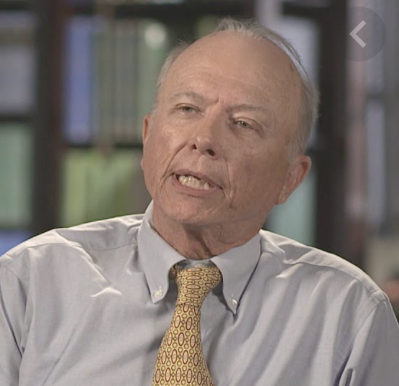On June 5, 1981, five cases of Pneumocystis carinii pneumonia (PCP) were reported in previously healthy homosexual men from Los  Angeles, California. Within weeks, additional cases of PCP, life-threatening opportunistic infections and disseminated cases of a rare cancer, Kaposi’s sarcoma were reported. In many ways, was ideally suited to confront this new challenge. He had excellent training in infectious diseases and internal medicine and he was one of only a handful of physicians in the world at the time that had cared for a patient with this condition. Additionally, he brought energy, motivation, and an endlessly inquisitive mind to the Task Force. His impatience to solve the problem was laudable and inspiring. That is how Harry Haverkos got to the “front lines” during the early years of the AIDS epidemic and he tells the story compellingly and provocatively within these pages. – James W. Curran, MD, MPH, Dean, Rollins School of Public Health and Co-Director, Center for AIDS Research, Emory University, Atlanta, Georgia
Angeles, California. Within weeks, additional cases of PCP, life-threatening opportunistic infections and disseminated cases of a rare cancer, Kaposi’s sarcoma were reported. In many ways, was ideally suited to confront this new challenge. He had excellent training in infectious diseases and internal medicine and he was one of only a handful of physicians in the world at the time that had cared for a patient with this condition. Additionally, he brought energy, motivation, and an endlessly inquisitive mind to the Task Force. His impatience to solve the problem was laudable and inspiring. That is how Harry Haverkos got to the “front lines” during the early years of the AIDS epidemic and he tells the story compellingly and provocatively within these pages. – James W. Curran, MD, MPH, Dean, Rollins School of Public Health and Co-Director, Center for AIDS Research, Emory University, Atlanta, Georgia
 Angeles, California. Within weeks, additional cases of PCP, life-threatening opportunistic infections and disseminated cases of a rare cancer, Kaposi’s sarcoma were reported. In many ways, was ideally suited to confront this new challenge. He had excellent training in infectious diseases and internal medicine and he was one of only a handful of physicians in the world at the time that had cared for a patient with this condition. Additionally, he brought energy, motivation, and an endlessly inquisitive mind to the Task Force. His impatience to solve the problem was laudable and inspiring. That is how Harry Haverkos got to the “front lines” during the early years of the AIDS epidemic and he tells the story compellingly and provocatively within these pages. – James W. Curran, MD, MPH, Dean, Rollins School of Public Health and Co-Director, Center for AIDS Research, Emory University, Atlanta, Georgia
Angeles, California. Within weeks, additional cases of PCP, life-threatening opportunistic infections and disseminated cases of a rare cancer, Kaposi’s sarcoma were reported. In many ways, was ideally suited to confront this new challenge. He had excellent training in infectious diseases and internal medicine and he was one of only a handful of physicians in the world at the time that had cared for a patient with this condition. Additionally, he brought energy, motivation, and an endlessly inquisitive mind to the Task Force. His impatience to solve the problem was laudable and inspiring. That is how Harry Haverkos got to the “front lines” during the early years of the AIDS epidemic and he tells the story compellingly and provocatively within these pages. – James W. Curran, MD, MPH, Dean, Rollins School of Public Health and Co-Director, Center for AIDS Research, Emory University, Atlanta, Georgia